After the work accident, the patient received temporary first aid at a local hospital and was urgently taken to Nam Sai Gon International General Hospital for treatment that same night in the hope of saving his legs.
On August 6, specialist doctor Son Tan Ngoc, Nam Sai Gon International General Hospital, said that the patient was admitted to the emergency room with a serious injury to his right leg, a large open wound, deformity, and severe blood loss, along with ruptured blood vessels - nerves and tibialis anterior tendon. If not intervened promptly and properly, the patient is at high risk of losing the ability to move his foot or even having to have it amputated to save his life. Therefore, the team tried to race against time to perform emergency surgery to try to save the patient's legs.
Doctors clean the wound to remove crushed tissue, prevent infection, and place an external fixator to stabilize the broken bone. This technique helps stabilize the bone structure without having to deeply intervene in the damaged area, creating favorable conditions for the healing process. At the same time, the artery, anterior tibial nerve, and anterior tibial tendon are sutured to restore blood circulation, restore sensation, and restore future motor function of the leg.
"We use a surgical microscope with high magnification to reconnect blood vessels with a diameter of only about 1-2 mm. This is the deciding factor in whether the severed foot is nourished and retained by blood vessels," explained specialist doctor Son Tan Ngoc.

Patient practice walking
PHOTO: TH
After more than 3 hours of surgery, the team successfully performed microsurgical connection of blood vessels, nerves, and tendons, helping to preserve the patient's limbs to the maximum extent, maintaining leg length, ensuring blood circulation, and restoring sensation and motor function to the patient. In addition, anesthesia and resuscitation also play an important role, ensuring that the patient maintains a stable condition throughout the surgery.
Detecting hidden kidney damage from sudden accidents
During the whole body screening process, doctors unexpectedly discovered that Mr. K. had signs of right kidney stones due to narrowing of the renal pelvis-ureter junction, a condition that prevents urine from draining from the kidney to the bladder, leading to water retention, increasing the risk of infection, damage to kidney parenchyma and kidney failure if not detected and treated promptly.
Only 3 days after the microsurgery to reconnect the lower limb arteries, when the patient's health was more stable, the surgical team performed the reconstruction of the renal pelvis-ureter junction and removed the patient's kidney stones.
Specialist Doctor 2 Le Van Hieu, Department of Urology, Nam Sai Gon International General Hospital said that the team chose the method of opening the renal pelvis in the sinus to remove the stone, with a skin incision of about 10 cm long in the rib area, allowing precise access to the stone location, while thoroughly treating the cause of the obstruction. As a result, the stone measuring 1.4 mm was successfully removed. The renal pelvis-ureter junction was reshaped, ensuring good urine flow from the kidney to the bladder, thereby preventing the risk of stone recurrence and protecting kidney function in the long term.
"Early detection and simultaneous treatment of both problems at the appropriate time not only helps patients recover fully, but also avoids dangerous complications that may go undetected for many years," Dr. Nhan shared.
After about 2 months of intensive treatment, along with 4 comprehensive surgeries, the patient's condition has now stabilized significantly. Post-operative monitoring indicators all show positive results. The foot has shown signs of good recovery, the wound is clean and dry, with no signs of infection. Kidney function has improved with good urine flow, no more water retention.
Source: https://thanhnien.vn/tphcm-bi-may-cat-co-cua-nguoi-dan-ong-nhap-vien-cuu-chan-phat-hien-soi-than-185250806153028762.htm



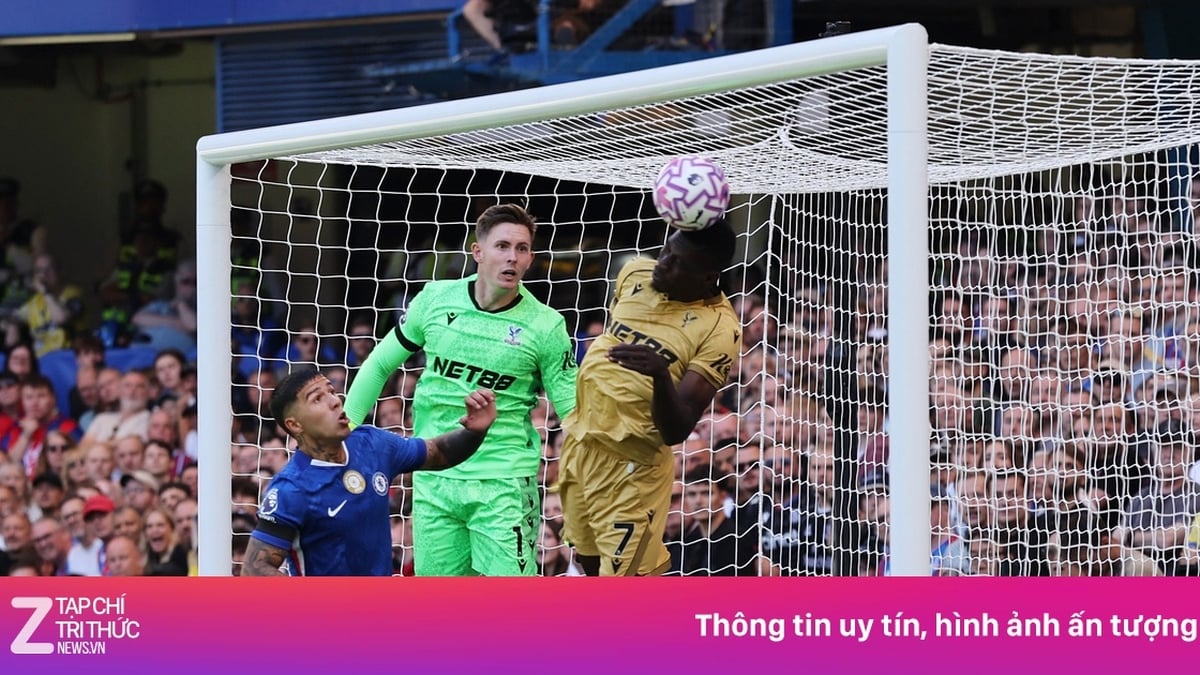




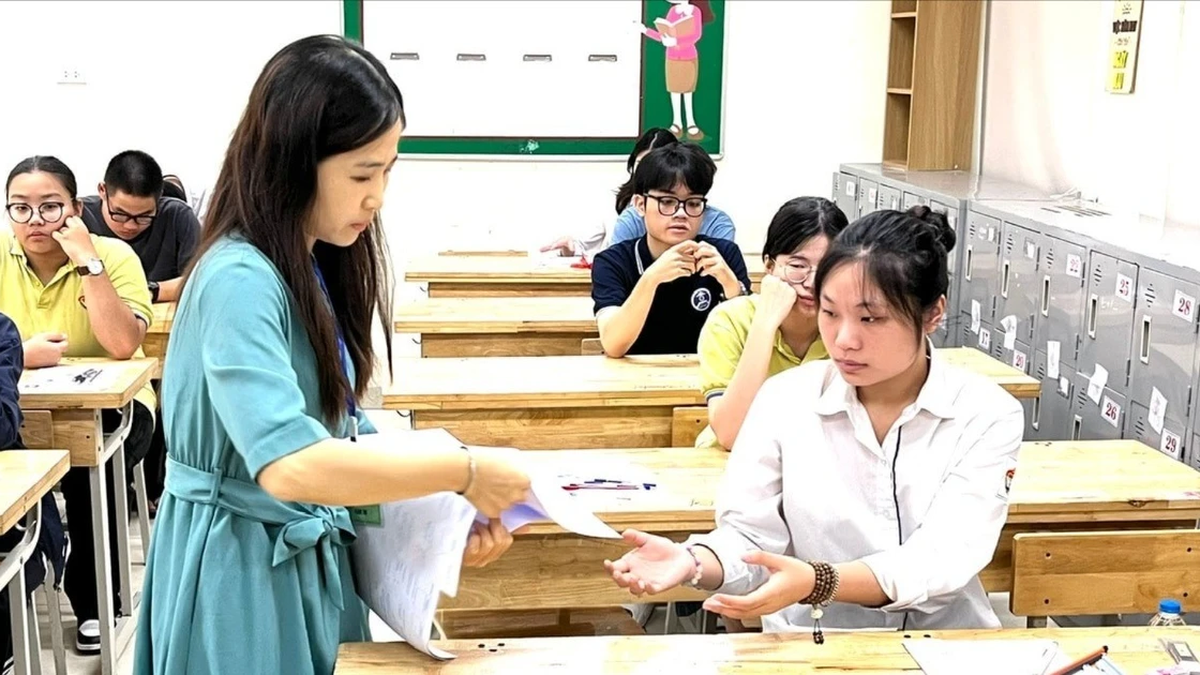
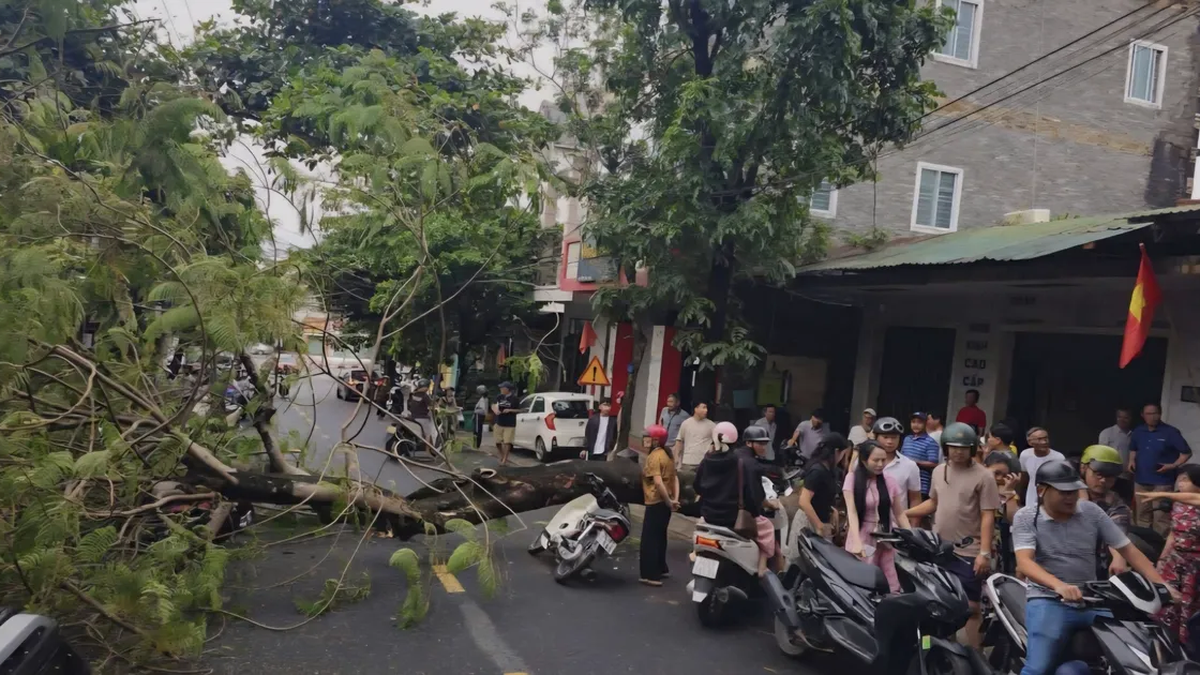

















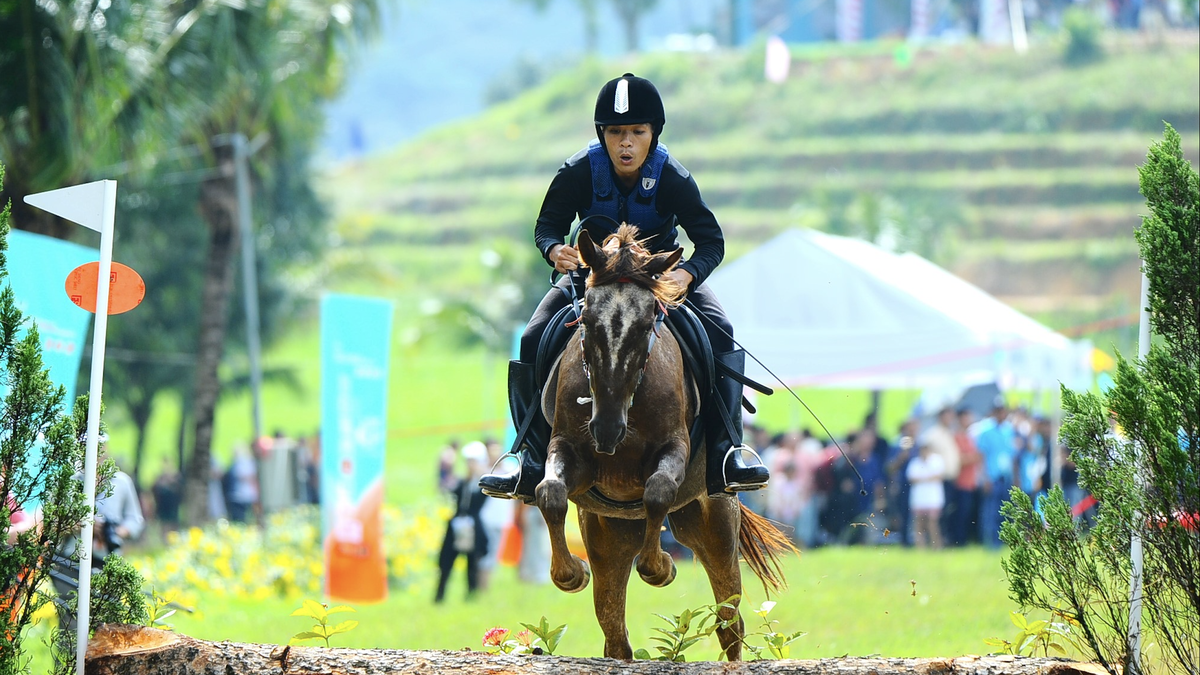

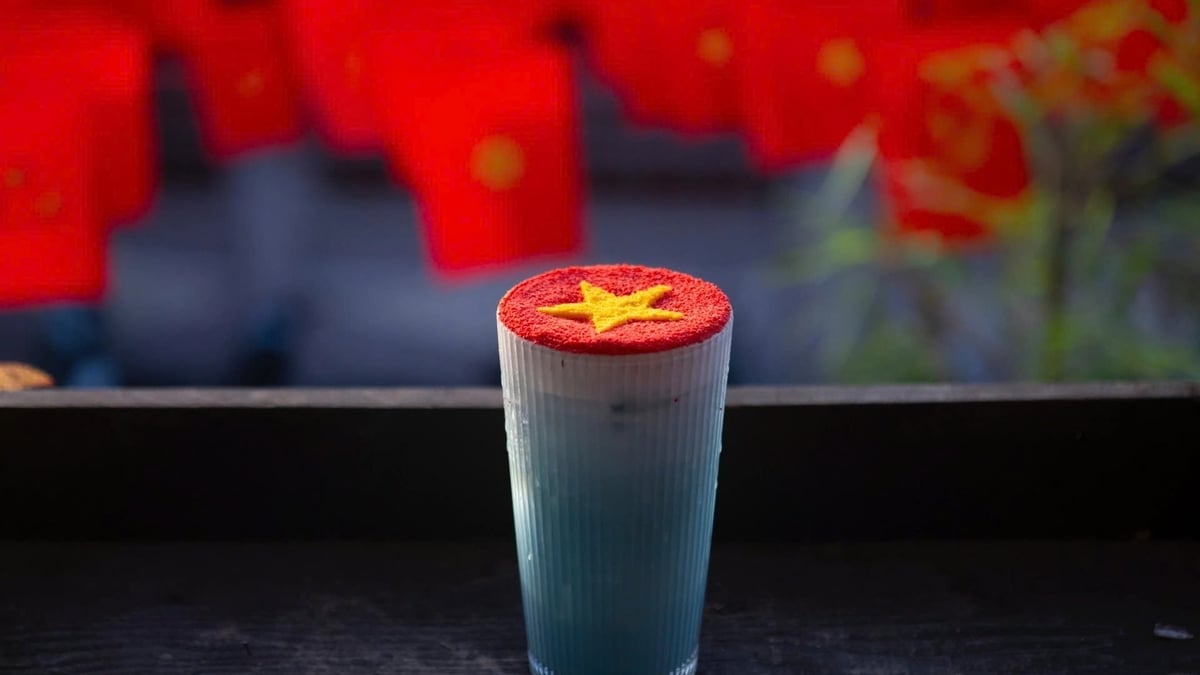
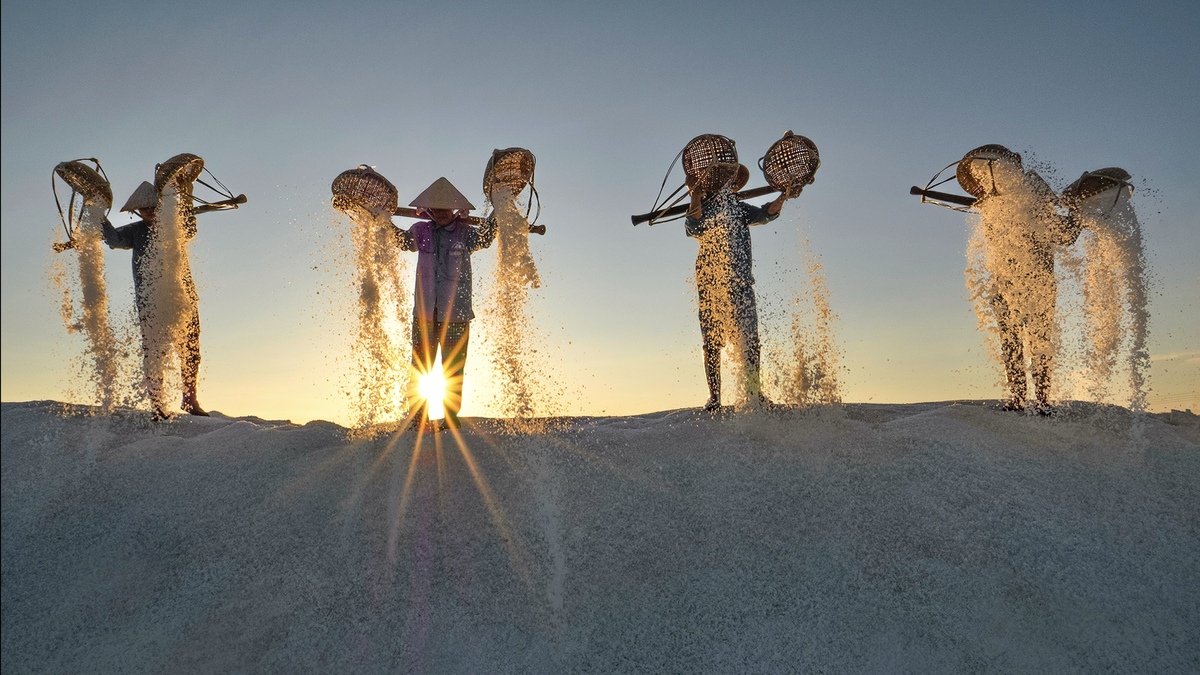
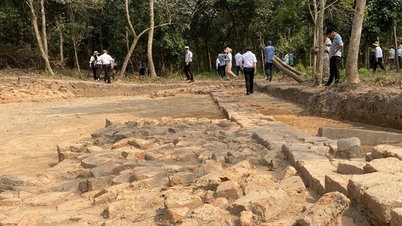



































![[Photo] Party and State leaders visit President Ho Chi Minh's Mausoleum and offer incense to commemorate Heroes and Martyrs](https://vphoto.vietnam.vn/thumb/402x226/vietnam/resource/IMAGE/2025/8/17/ca4f4b61522f4945b3715b12ee1ac46c)


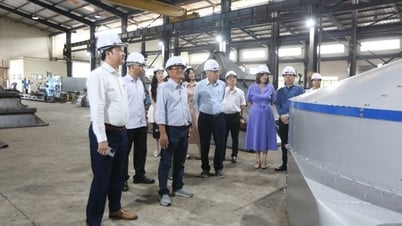



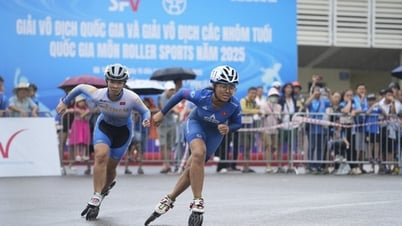























Comment (0)